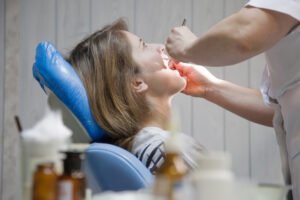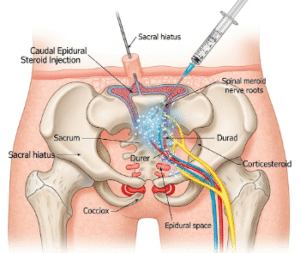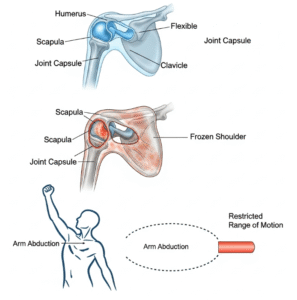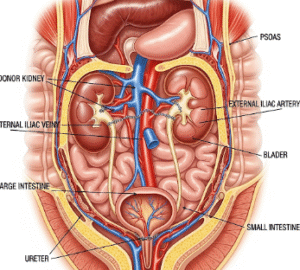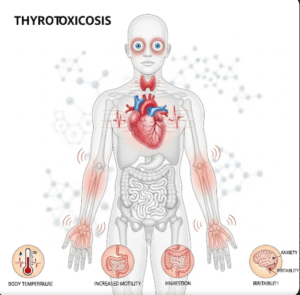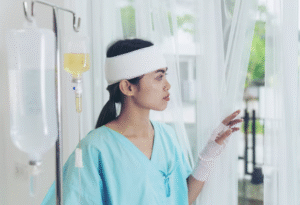Overview
Sever’s Disease, also known as calcaneal apophysitis, is a common cause of heel pain in growing children, especially those who are physically active. Although not a serious or long-term condition, it can cause significant discomfort and affect a child’s participation in sports or physical activities. In Korea, pediatric orthopedic clinics and sports medicine centers offer effective diagnosis and non-surgical treatment options.
What is Sever’s Disease?
Sever’s Disease is an inflammation of the growth plate in the heel (calcaneus). It typically affects children between the ages of 8 and 14, during periods of rapid growth. The condition arises when the Achilles tendon pulls on the growth plate at the back of the heel, leading to pain, swelling, and tenderness.
Despite its name, Sever’s Disease is not a true disease, but rather an overuse injury caused by repetitive stress on the heel.
Symptoms
- Heel pain, especially after running or sports
- Pain that worsens with physical activity
- Limping or walking on toes to avoid pressure
- Swelling or redness in the heel
- Stiffness in the foot in the morning
- Tenderness when the sides of the heel are squeezed
Causes
Sever’s Disease occurs when repetitive stress or tension from the Achilles tendon irritates the still-developing heel bone. Common causes include:
- Rapid growth during puberty
- Increased physical activity (e.g., running, jumping)
- Tight calf muscles or Achilles tendons
- Flat feet or high arches
- Improper or worn-out footwear
Risk Factors
- Children aged 8–14, especially during growth spurts
- Participation in sports such as soccer, basketball, or gymnastics
- Poorly fitting or non-supportive shoes
- Excess weight or obesity
- Tight leg muscles
- Previous history of foot or ankle injuries
Complications
Sever’s Disease generally does not cause long-term damage if treated properly. However, without rest and care, complications may include:
- Chronic heel pain
- Altered walking patterns
- Recurring injuries
- Reduced athletic performance
Prevention
- Encourage stretching of the calves and Achilles tendon
- Ensure children wear well-fitted, supportive shoes
- Limit intense physical activity during rapid growth phases
- Use heel pads or orthotic inserts in shoes
- Promote cross-training instead of repetitive sports
- Allow time for adequate rest and recovery
Treatment Options in Korea
In Korea, Sever’s Disease is commonly treated in pediatric orthopedics, physical therapy clinics, and sports medicine centers. The approach is typically conservative, with a focus on relieving pain and reducing stress on the heel.
1. Rest and Activity Modification
- Temporary break from sports and high-impact activities
- Encourage low-impact exercises like swimming or cycling
2. Physical Therapy
- Stretching and strengthening exercises
- Manual therapy and heel mobilization
- Taping techniques to offload pressure
3. Footwear and Orthotics
- Heel cushions or gel inserts
- Proper sports shoes with heel support
- Custom orthotics if necessary
4. Pain Management
- Ice application 15–20 minutes after activity
- Over-the-counter NSAIDs (e.g., ibuprofen) if needed
- Avoid corticosteroid injections due to risks to growing bones


